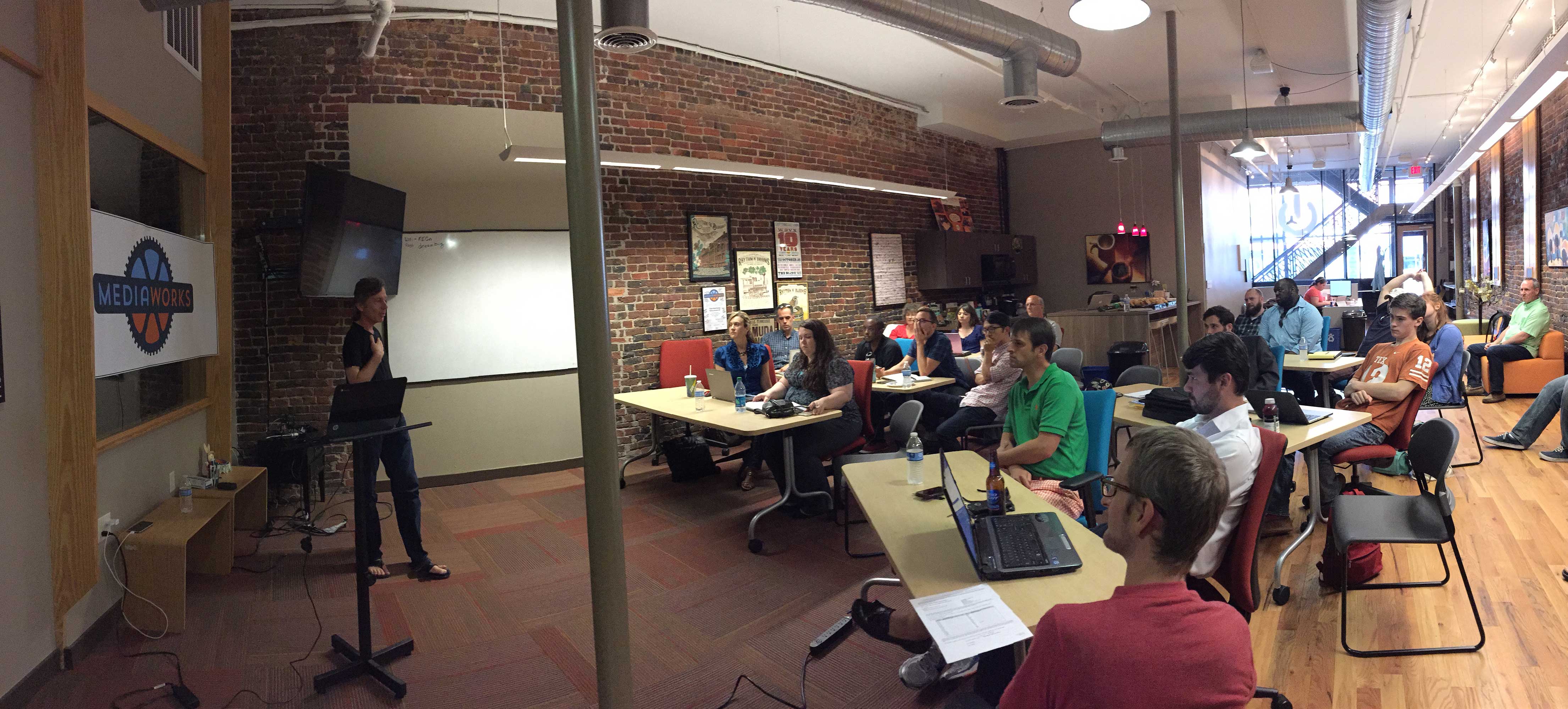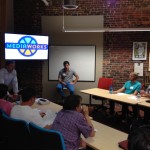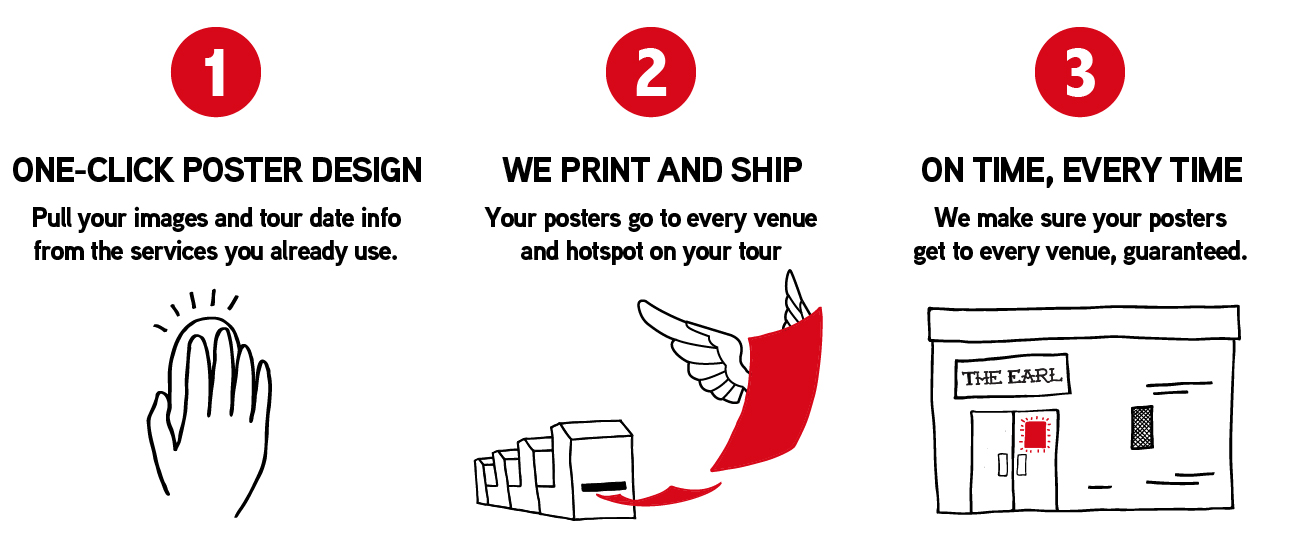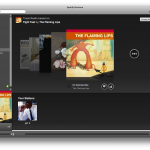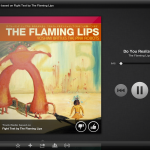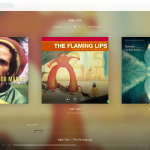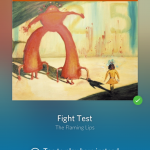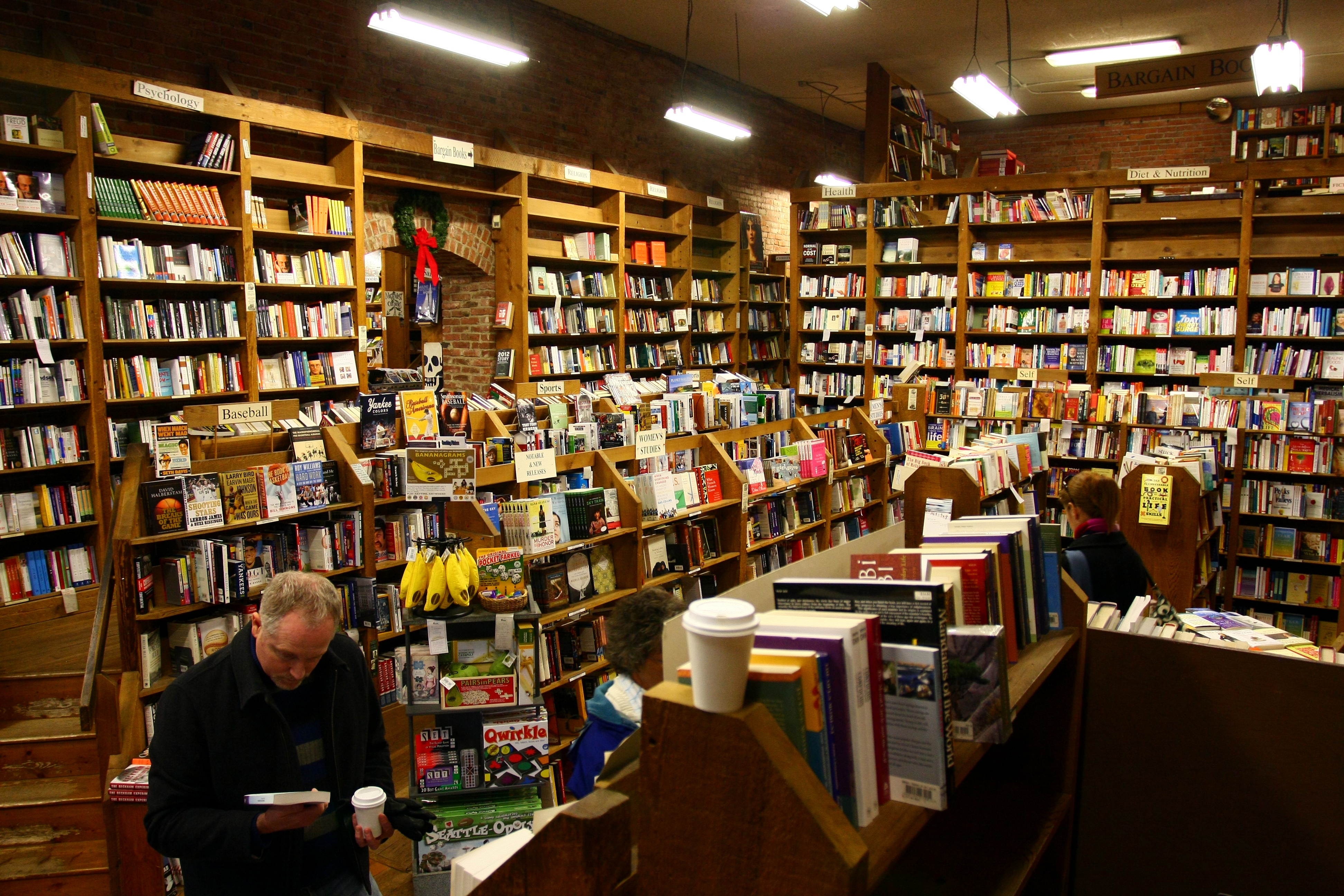Today Salon ran an article outlining how Amazon’s relentless push to drive brick and mortar bookstores out of business will ultimately be its own demise. The argument here seems to be two main points: first, that physical bookstores, especially mom and pop shops, provide a valuable resource to book buyers in the form of browsing and book discovery; and second, that the folding of major booksellers like Barnes and Noble and Borders results in a domino effect, putting out of business the book publishers, and therefore nailing Amazon’s coffin – no book publishers means no books to sell.
This argument couldn’t possibly be more wrong. Here are four important reasons why:
1. Discovery is not a strictly physical activity.
The article states quite clearly, and without evidence or citation, that “physical stores outpace virtual ones by 3-to-1 in introducing books to buyers.” While I believe that browsing in physical stores is a fun activity, and I’ve purchased many a book by randomly selecting it off a shelf, I find the physical browsing process to be archaic at best. Amazon provides me with reviews (thousands of them), best seller lists, recommendations (flawed as they may be), similar book links, browsing by author/publisher/series/etc., and one-click purchasing. Coupled with Amazon Prime, I’m not sure it gets much better.
Barnes and Noble offers me a shelf full of new releases (pushed on them by publishers), perhaps one shelf of staff picks (do you know your local B&N employees names?), and a whole lot of disorganized inventory spread over a gigantic store (most of which I’m not interested in anyhow).
Then there’s this issue of “showrooming,” wherein book buyers visit brick and mortar stores with the sole intention of browsing before they make their purchase at Amazon. I’ve done this many times myself. And you know why? Because I was there. I just happened to be near a Barnes and Noble, and I stopped in to play with the books (yeah, its like a toy store for me, what can I say I really like books).
I’d venture to guess that 3-to-1 statistic is bunk. I may not represent the majority of book buyers, but I discover books online – through friends, through Amazon, through GoodReads, through blogs, and through the New York Times (no, not the print version).
2. Pushing publishers out of business is exactly what Amazon wants.
Let’s just put this out there: the maker of the number one e-reader in the world also happens to be the biggest book seller in the world. And do you know why? Because they don’t just control the means of distribution, they are the means of distribution.
Amazon doesn’t need book publishers, they need books. And now that any copyright holder can self-publish directly through Amazon, why on earth would Amazon care if publishers went out of business?
Marketing? Promotions? Book tours? Have you seen a publisher advance lately? Also book tours don’t make a whole lot of sense if there’s no physical book stores anyhow.
3. Amazon could just open their own stores, if it made any sense financially (and it doesn’t).
Apple did it. Apple stores account for a significant portion of their sales. But that’s the difference between them and Amazon – a physical Amazon bookstore wouldn’t result in any meaningful income for Amazon. Apple can do it because their products are extremely high margin, and the stores serve more as support centers than salesrooms.
The reason physical bookstores are going out of business isn’t that people don’t like or buy books, its that the cost of running physical bookstores makes books prohibitively expensive for the consumer. Pricing wins almost every time. Amazon isn’t about to offer up their product at a higher price point. That doesn’t make sense at all.
4. Amazon doesn’t sell books.
Can we all finally agree on this fact? Amazon isn’t in the book business. They’re not in the music business either.
I’m saying it again: They don’t make money on books.
Books, music, movies, these things are loss leaders for Amazon, the cheap items they use to entice you to buy televisions and cell phones and computers and appliances and the thousands of other high margin products that Amazon sells.
Amazon was in the book business once upon a time (I’ve known several Amazon employees, mostly web developers, who used to tell people “I work at a bookstore”). But they’re not anymore. They’re in the technology business. They’re in the logistics business. They’re in the customer service business. They don’t really care if you buy physical books.
And they never will.
